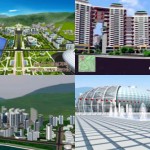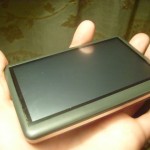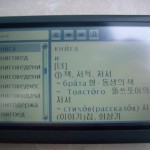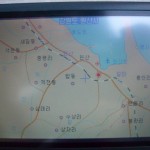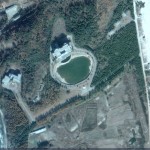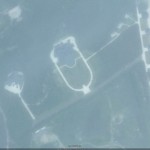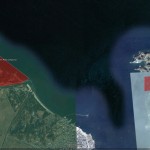According to the Daily NK:
It has been confirmed by The Daily NK that North Korea failed in a recent attempt to import beef from New Zealand for the purpose of providing special gifts to cadres on Kim Jong Eun’s birthday, January 8, after the plan ran afoul of the New Zealand government, which froze the funds.
According to a source from North Korea today, “$170,000 remitted by ‘Myohyang Bureau’ to a New Zealand bank in October to import parts for Japanese tourist buses and beef has been frozen by the New Zealand authorities.”
The source added, “The New Zealand authorities are investigating whether or not the money is related to (North Korea’s) drug dealing.”
The source explained, “The beef is for special distribution to cadres on the Youth Captain (Kim Jong Eun)’s birthday, while the parts of Japanese buses are to repair buses operated by the Tour Bureau,” adding, “Myohyang Bureau is alarmed that there might be a snag in Comrade Youth Captain’s birthday special distribution.”
In North Korea, workplaces have already started to prepare presents for Kim Jong Eun’s birthday. There are two types of presents: the first is from cadres to Kim Jong Eun; and the latter is special distribution to cadres in Kim Jong Eun’s name. However, even though the special distribution is like a gift handed out by a monarch, factories and Party organs have to prepare it. According to the source, the Myohyang Bureau’s duty this time is to supply beef.
The Myohyang Bureau is directly in charge of tour events including Arirang performance-related tours and Mt. Baekdu and Geumgang tours. It sends the profits from these businesses involving foreign tourists to the No. 39 Department of the Central Committee of the Party.
The source explained further, “Due to Japanese sanctions against North Korea, the Tour Bureau has not been able to obtain parts for Japanese buses, so the Myohyang Bureau asked a New Zealand business partner to obtain them for them. In doing that, they also asked for beef.”
“Since the Myohyang Bureau sent the money via a secret bank account held with a bank in Latvia to a bank in New Zealand, it incurred the suspicion of the New Zealand government. Money is still money, but the bigger problem is to expose the Latvian account.”
This is the first time that a Latvian account has been linked to North Korea, adding to known secret accounts in Switzerland, China, Macau and the Caribbean.
The source said, “The Myohyang Bureau opened the account in the name, ‘RUSKOR International Company Ltd’ in a bank of Latvia,” adding, “The account name is the connecting of the words Russia and Korea.”
“Gift rations” have been in the news a lot lately. Links to previous posts about the DPRK’s “gift rations” can be found here.
Read the full story here:
North Korean Funds for Beef Frozen by New Zealand
Daily NK
Park In Ho
11/5/2010

